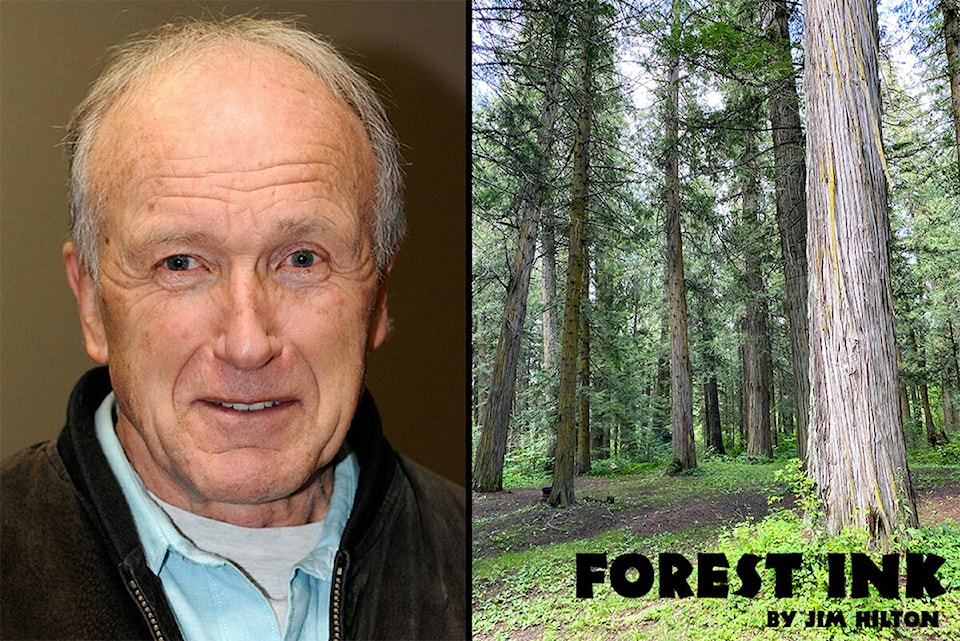The 15th Conference of the Parties (COP15) ended this week in Montreal.
I have been following proceedings of the UN Biodiversity Conference (COP15) since Dec. 7 and will include some highlights of the conference since it ended on Dec. 19.
All major news outlets have some sort of coverage so take your pick. The following introduction is from the United Nations site. “Nature and biodiversity is dying the death of a billion cuts. And humanity is paying the price for betraying its closest friend. In the words of the UN Secretary-General, “we are committing suicide by proxy.” This Conference of the Parties must secure the future of our planetary life support system.”
What needs to happen at COP 15:
Adoption of an equitable and comprehensive framework matched by the resources needed for implementation
Clear targets to address over exploitation, pollution, fragmentation and unsustainable agricultural practices
A plan that safeguards the rights of Indigenous peoples and recognizes their contributions as stewards of nature
Finance for biodiversity and alignment of financial flows with nature to drive finances toward sustainable investments and away from environmentally harmful ones
Microsoft Edge summarizes the conference with the following, rather terse, statement. “Governments appear to have signed a once-in-a-decade deal to halt the destruction of Earth’s ecosystems, but the agreement seems to have been forced through by the Chinese president, ignoring the objections of some African states.”
The Canadian Broadcasting Corporation has a more in depth and positive summary as follows. “Negotiators in Montreal have finalized an agreement to halt and reverse the destruction of nature by 2030, as the COP15 United Nations Biodiversity Conference talks enter their final official day. An announcement issued early Monday morning says the gathering nations at the biodiversity summit have agreed to four goals and 23 targets.
“The goals include protecting 30 per cent of the world’s land, water and marine areas by 2030, as well as the mobilization, by 2030, of at least $200 billion US annually in domestic and international biodiversity-related funding from all sources, both public and private. There is also a pledge to reduce subsidies deemed harmful to nature by at least $500 billion by 2030, while having developed countries commit to providing developing countries with at least $20 billion per year by 2025, and $30 billion per year by 2030.
“Many of us wanted more things in the text and more ambition, but we got an ambitious package,” said Steven Guilbeault, Canada’s Minister of Environment and Climate Change. We have an agreement to halt and reverse biodiversity loss, to work on restoration, to reduce the use of pesticides.”
CTV has a video showing the start of the conference and recorded an interview of one of the delegates.
There is huge support for the 30 percent protection goal said Stephen Woodley of the International Union for Conservation of Nature, a high-profile group of governments and civil society organizations advising conference delegates.
“I believe there is really significant support for 30 per cent in quality areas. The 30 per cent goal is the result of years of scientific study and consensus. Other issues to be settled include what constitutes protection. It doesn’t need to be a park. It could be what is known as “other effective area-based conservation measures,” known in COP-speak as OECMs.
The Vancouver watershed, managed to ensure water quality, is an OECM. So is Manitoba’s wildlife-rich Canadian Forces Base Shiloh. Private groups or land trusts will protect some lands. Others will be conserved by Indigenous management, an approach on which Canada is increasingly relying. Woodley’s group recognizes seven different types of conservation areas, some allowing limited resource extraction, with four different governance models. In developed countries where natural areas are scarce and small, efforts will focus on restoration.”
monica.lamb-yorski@wltribune.com
Like us on Facebook and follow us on Twitter
